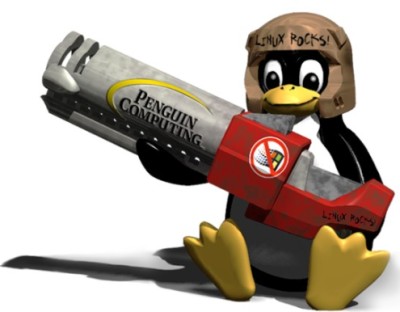The company I am talking about? None other than Blizzard Games. Late last month users started reporting on the Wine APPDB page for Diablo 3 that their user accounts where getting banned simply for running their games using Wine! So this is me providing a fair warning to everyone else out there running Diablo 3 via Wine - don't. Unless of course you feel like having wasted 60$ spent to buy the game.
To quote some of the frustrated Linux gamers:
"Well I've had Diablo running on my FreeBSD machine now for a couple of weeks and have a level 53 Wizard.
I just got notice while trying to log in last night that I was
banned, and when I checked my email, I hadn't received anything from
Blizzard.
After I opened a support ticket with them, a short while later, this is what I received in email:
Account Action: Account Closure
Offense: Unapproved Third Party Software
A third party program is any file or program that is used in
addition to the game to gain an unfair advantage. These programs may
increase movement speed or teleport heroes from one place to another
beyond what is allowed by game design. It also includes any programs
that obtain information from the game that is not normally available to
the regular player or that transmit or modify any of the game files.
I don't run any programs as described above.
I kite, I die, and then I repair. But hey it's fun."
And a second:
"I got banned last night as well. Other than running under Wine I can't
imagine why. Level 30ish char and not so much as a gaming keyboard.
I also have a ticket open. We will see..."
And a third:
"Ditto. I suddenly got a banned email last night, and I'm more or less in
the same position. I think they're getting a bit trigger-happy with
this, considering I've been running WoW for years under WINE, too.
Ah well, ticket's up."
Please stop the madness Blizzard. You should try focusing your banning efforts on people actually cheating instead of those simply trying to play your games on their OS of choice. If you are looking for more information on this topic there is a fairly good write up about it here.~Jeff





















